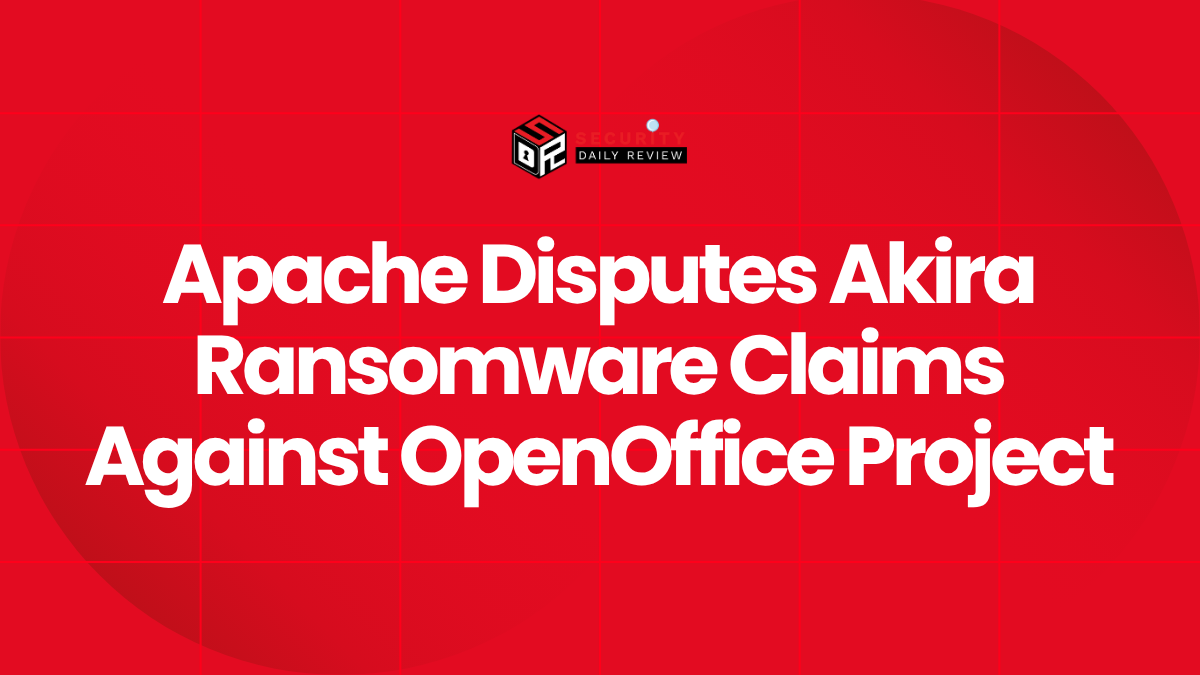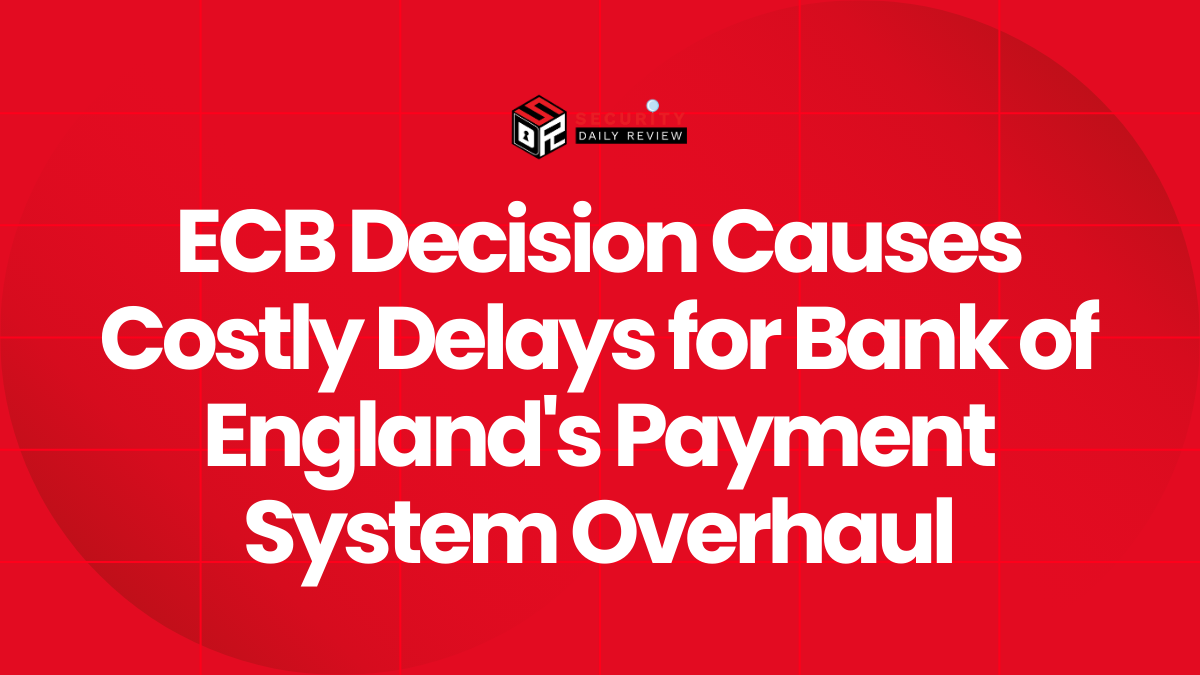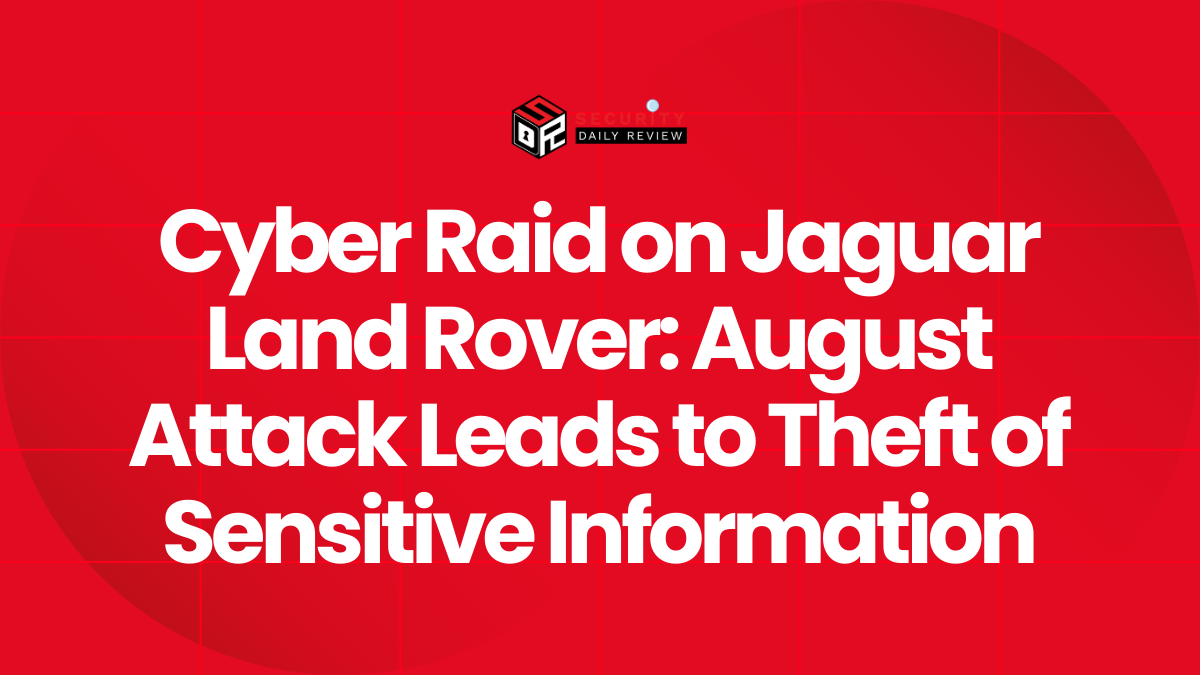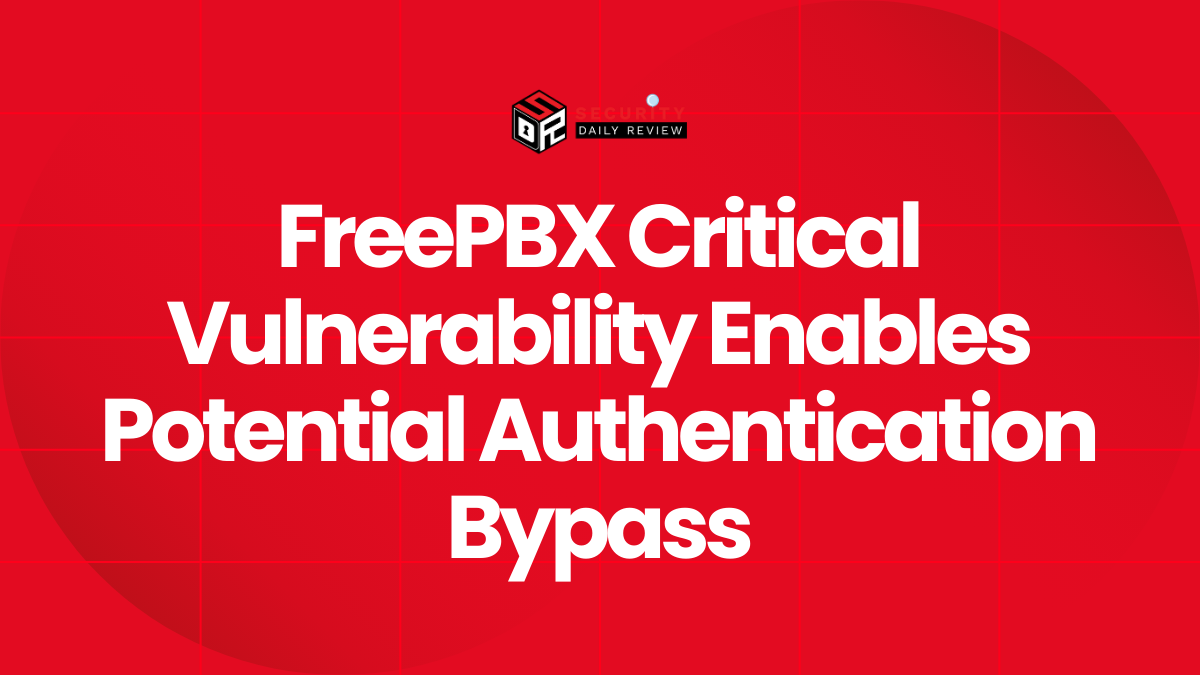A recent claim by the Akira ransomware gang alleging a breach of the Apache OpenOffice project has been firmly denied by the Apache Software Foundation (ASF). The dispute centers on the cybercriminal group’s assertions of exfiltrating over 23 gigabytes of what it described as internal corporate documents. ASF, however, maintains that the OpenOffice infrastructure remains uncompromised.
Ransomware Group Claims Breach of OpenOffice Project
The threat actors behind the Akira ransomware reportedly listed the Apache OpenOffice project on their data leak site, suggesting they had gained unauthorized access and extracted sensitive documents. These included supposed internal communications, contracts, budgets, and employee information. The announcement raised concern within the open-source community and among users of the legacy Microsoft Office alternative.
Akira is a relatively new but aggressive ransomware operation known for targeting a wide range of organizations and deploying double-extortion tactics — encrypting files while threatening to leak stolen data unless a ransom is paid. By naming high-profile software projects like OpenOffice, Akira garners attention and attempts to establish credibility in the threat landscape.
Apache Software Foundation Denies Any Compromise
In response to Akira’s claims, ASF issued a clear statement refuting any unauthorized access to the OpenOffice infrastructure. According to ASF, internal investigations have found no signs of intrusion or indicators of compromise (IOCs) within their systems. They described the threat actor’s claims as misleading, noting that no critical infrastructure supporting OpenOffice appeared to have been targeted or breached.
ASF’s security team emphasized transparency in their processes and communications. They received no ransom demand directly and had not observed unusual activity within their networks. This position aligns with their historically open and community-driven approach to incident disclosure.
“No systems related to the Apache OpenOffice project have been compromised. We are unaware of any evidence supporting the data theft claims,” ASF stated.
While Akira was specific in their assertions — even quantifying the leaked material at 23 GB — ASF’s forensic review has not corroborated the presence of such a breach.
Questions Surround Data Provenance and Actor Motives
Though Akira claimed to have extracted internal documents, ASF’s denial raises questions about the authenticity and origin of the purported stolen data. Analysts suggest a few possibilities:
- The actors may have obtained data from a third-party repository or an unrelated infrastructure component with outdated or non-sensitive archives.
- The breach could involve a former contractor or volunteer’s assets not managed directly by ASF.
- The data could have been staged to boost Akira’s credibility or instill fear as part of broader social engineering tactics.
It’s common for ransomware groups like Akira to inflate breach claims for psychological leverage. By falsely attributing breaches to high-profile targets, they attempt to pressure other victims or undermine public trust.
Open-Source Projects Remain a High-Visibility Target
Even if the OpenOffice breach claim is unsubstantiated, the incident underscores persistent threats faced by open-source projects. Due to distributed development models, varied access controls, and highly visible repositories, open-source environments remain appealing targets for ransomware actors — both for actual exploits and for reputational manipulation.
Security teams across the open-source ecosystem have become more proactive in deploying threat detection tools, enforcing code-signing practices, and adopting incident response playbooks aligned with known threat actor behaviors.
Best Practices for Secure Open-Source Contribution
ASF’s response highlights sound cyber hygiene. Open-source project maintainers can strengthen their posture through measures such as:
- Minimizing privilege access across community contributors
- Conducting continuous vulnerability scanning and patch management
- Backing up critical repositories with secure versioning
- Monitoring leak sites and dark web sources for threats
While ASF has dismissed the Akira ransomware claim, the incident has reignited discussions around open-source security and the reputational risks introduced by misinformation from threat actors. Organizations and individual developers contributing to these projects must remain vigilant, even in the absence of concrete technical compromise.
Incident Echoes Growing Misinformation Tactics by Threat Actors
This event illustrates a broader trend within the ransomware ecosystem — leveraging high-profile names in false breach narratives to exert psychological pressure. The line between fact and fabrication continues to blur as threat actors evolve their social manipulation capabilities.
Although ASF has maintained its composure and followed its incident response protocols, other organizations might not be as prepared. The Akira-OpenOffice episode serves as a reminder: when data breach claims surface, a calm, evidence-based response is more effective than reactive crisis containment alone.
Security professionals should treat all breach claims with urgency but also with healthy skepticism — validating with logs, telemetry, and on-the-ground forensic analysis before concluding on impact.









